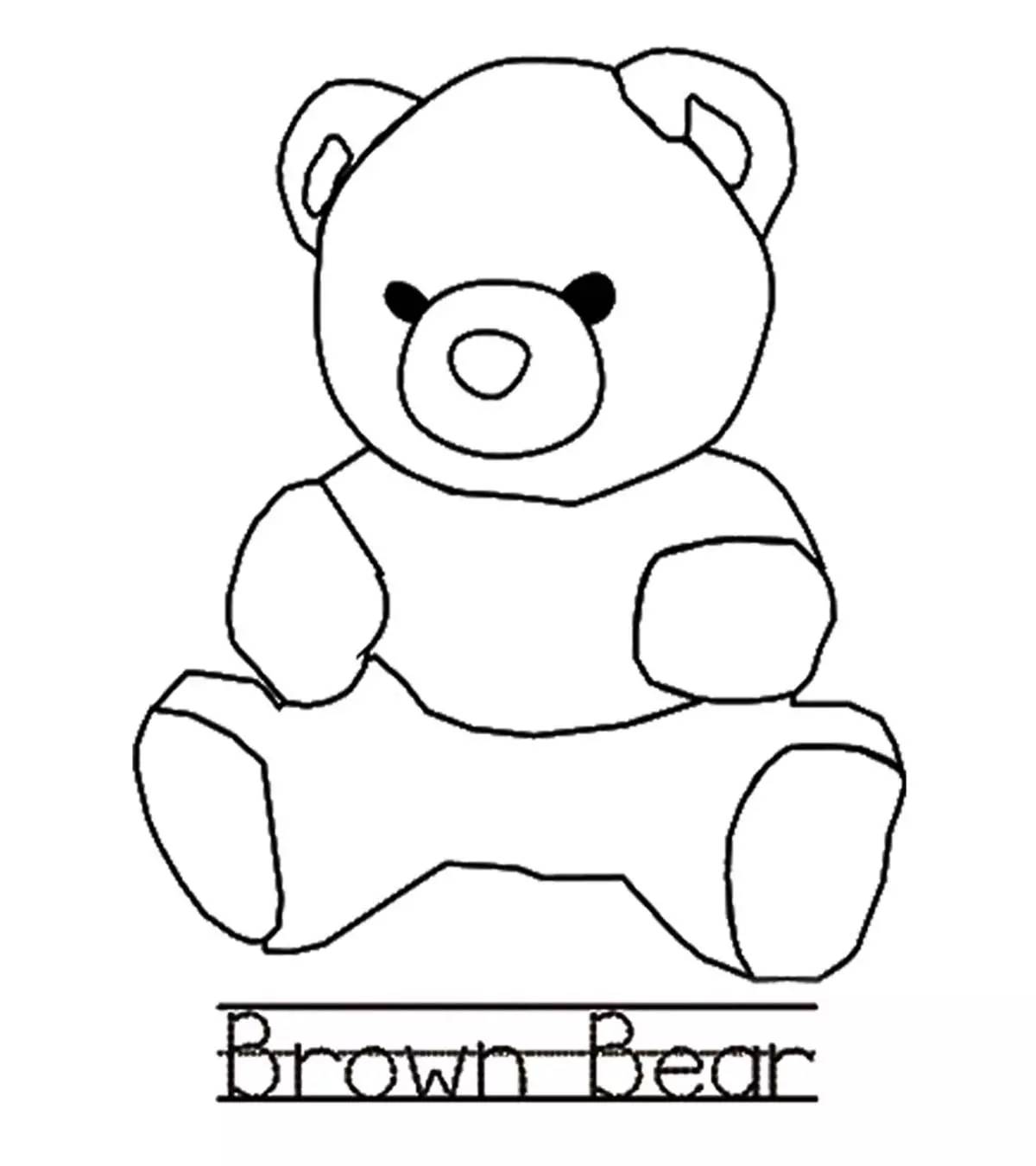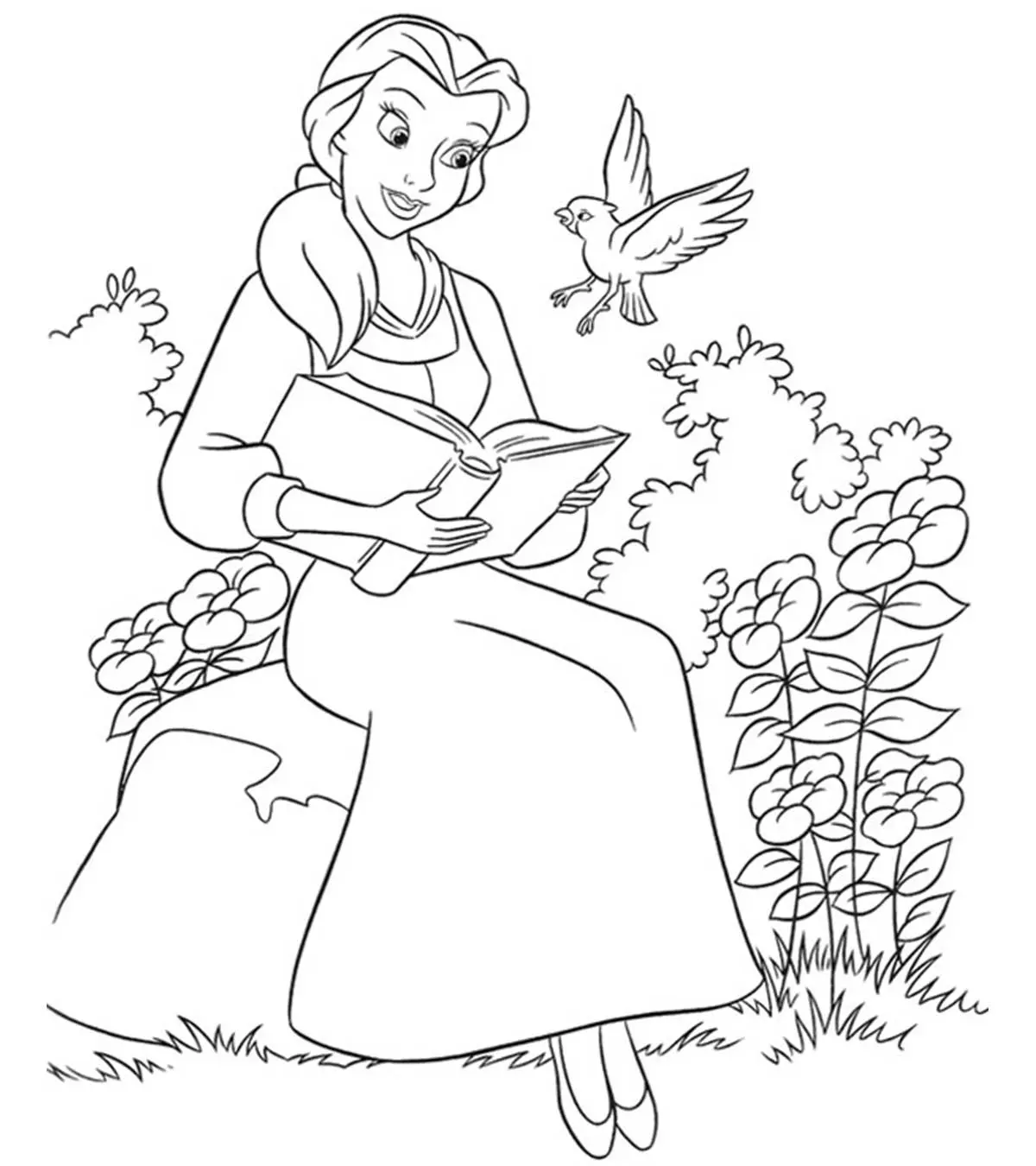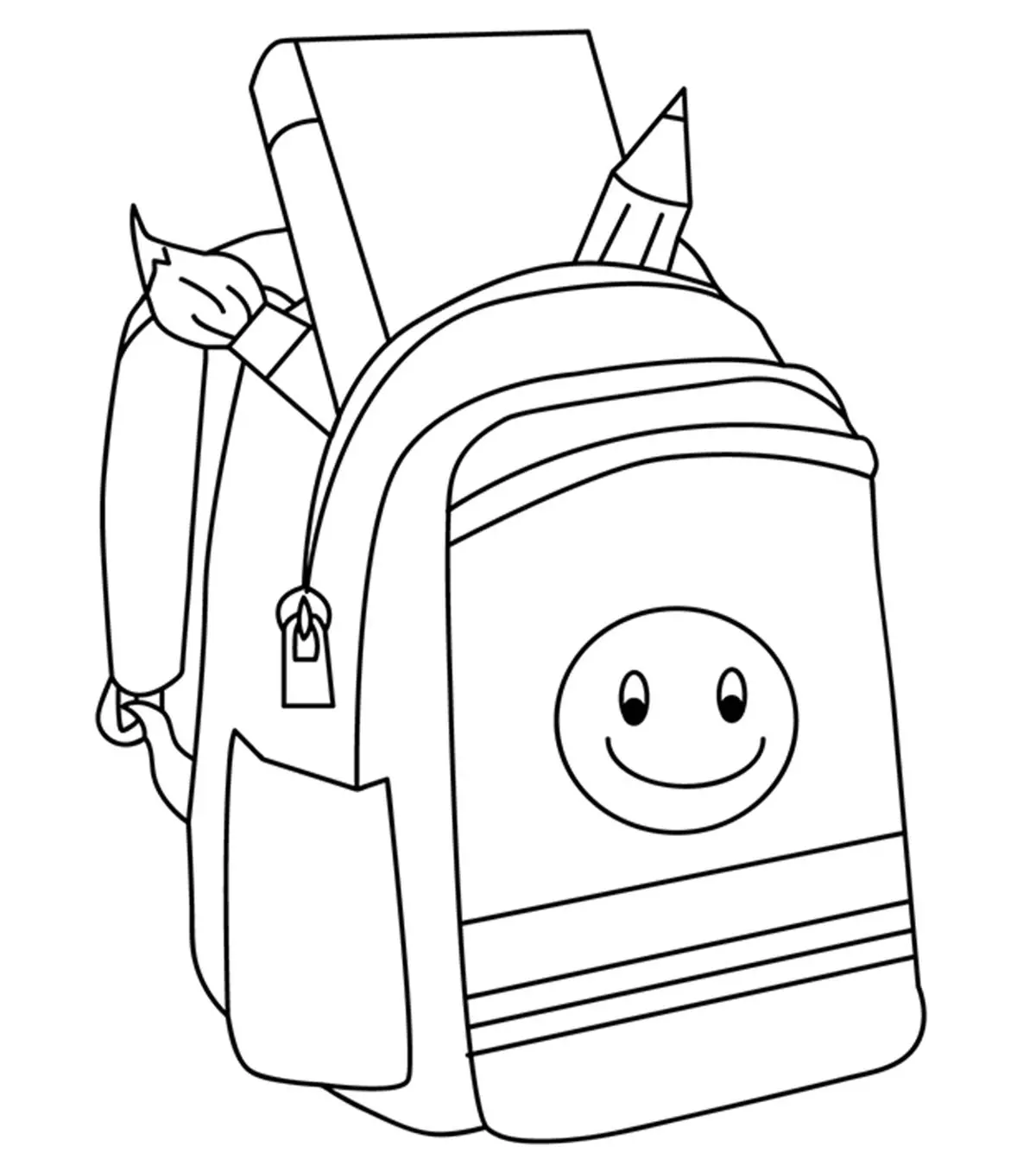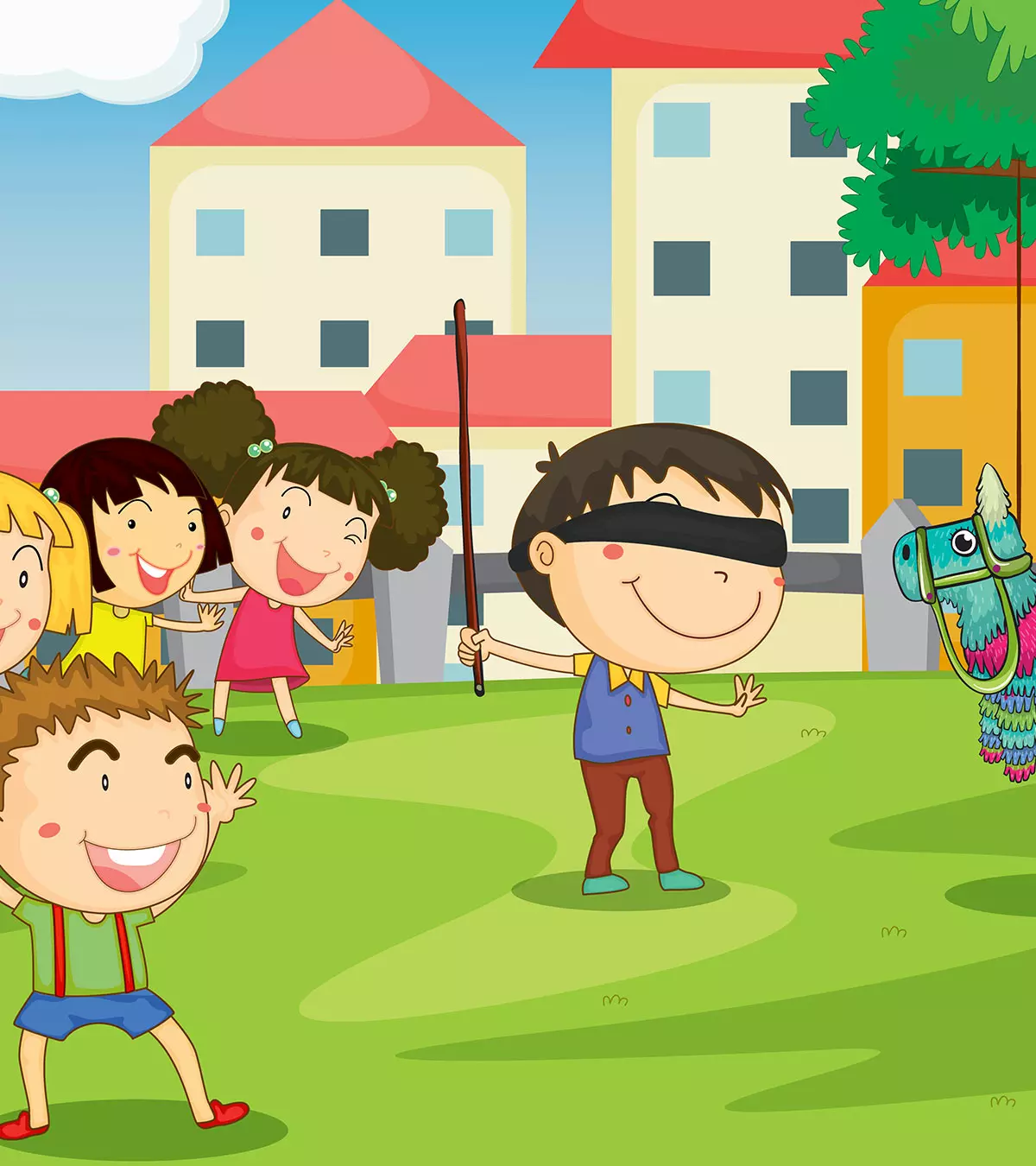
Image: Shutterstock
If your child has difficulty trusting you or their peers who have been only good to them, your child is probably going through trust issues. In this post, we have curated some trust-building activities for kids. When kids are uncomfortable around people and find it difficult to share things as they fear getting betrayed, their social circle also becomes limited. In such situations, trust-building activities can improve a child’s social skills, communication, and self-esteem. These activities can help kids express their feelings in a safe environment and learn how to empathize and cooperate with others. As parents, you can be concerned, and hence, we bring to you some exercises that will help your child overcome these issues. Read on to learn more.
Key Pointers
- Trust-building activities help children gain confidence, improve social skills, and establish healthy relationships.
- Ensure these activities are age-appropriate, easy to understand, fun, and comfortable for all children.
- Some of the simple and exciting activities include Trust walks, 4 up, Blindfold Navigate, and Fishy.
12 Trust-Building Activities For Kids
The following activities, inclusive of different trust-building exercises and games, will help develop and strengthen the trust factor in your kids. They teach important values and social skills such as teamwork, communication, honesty, respect, leadership, friendship, and loyalty.
1. Trust fall
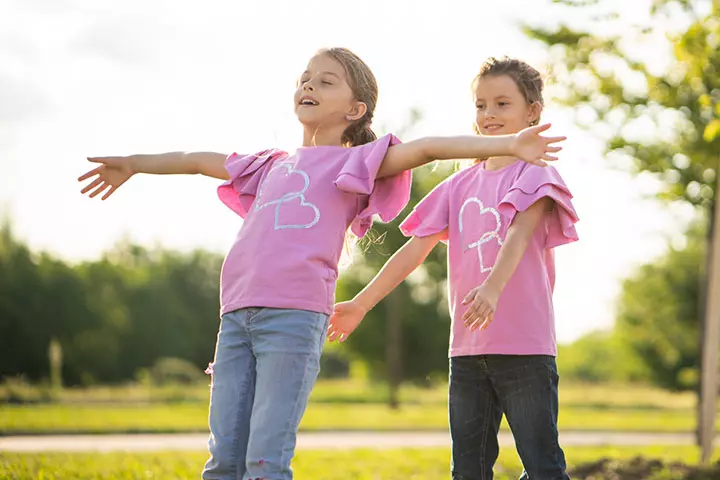
Image: IStock
Trust Fall is an activity for kids that is most commonly practiced by groups who want to build on the confidence and trust factor of their members. It is also commonly practiced by the Boy Scouts of America as it inculcates the values of integrity, reliability, and accountability.
- In the Trust Fall activity, one person has to fall on purpose while the other has to catch him.
- Let your kid stand with another partner in an opposite direction. One of the partners has to stand in front of the other and make his body go stiff. He has to give a signal that he is about to fall backwards. As the kid falls, the partner has to catch him gently and prevent him from hitting the ground. The activity begins with less distance between the partners. As the levels increase and the partners start trusting each other, the distance increases with each level.
 Point to consider
Point to consider2. Wind in the willows
The Wind In The Willows activity is another variation of the Trust Fall activity but is of a more intense level. The activity helps build physical trust and improve group cohesion, and kids learn to work together to support each other.
- Your kid has to stand in a circle and one kid has to stand in the middle.
- The kid who stands in the middle has to make his body go stiff. Once everyone gives the signal that they are ready, the kid in the middle has to fall backwards in any direction towards any kid. The kids have to hold and push the child in the middle towards other kids until he/she finally manages to get upright again.
3. Trust walks

Image: Shutterstock
A Trust Walk activity is also known as a Blind Walk activity. It is a fun trust exercise for a group of kids.
- Your kid and friends have to be divided into two groups. Make sure that both the groups have the same number of players.
- Blindfold one group and let one kid from each group hold hands with each other to form a pair. Each pair should have one kid who has the blindfold and one who doesn’t. Depending on the level and intensity of the activity, you can let the path be regular or add obstacles. The kid who is not blindfolded has to guide his partner carefully through the path and reach a safe zone. Once all kids are in the safe zone, switch the blindfold and put it on the kids who did not wear it earlier.
4. Helium stick
Helium Stick is another interesting trust building game for kids that will let your kid develop trust and build confidence among friends and peers.
- Make all the kids stand in a circle.
- Ask them to hold out their hands parallel to the ground. They also have to stick out their index fingers. Gently place an object on their index collective fingers, like a hula hoop or a stick. Now ask them to lower the object to the ground but make sure their fingers do not lose contact with the object. Your kid and friends may find it difficult at first. The idea is that they have to formulate a strategy by which they can collectively work and place the object on the ground while ensuring their fingers are in contact. Cooperation is of utmost importance in this game.
5. 4 up
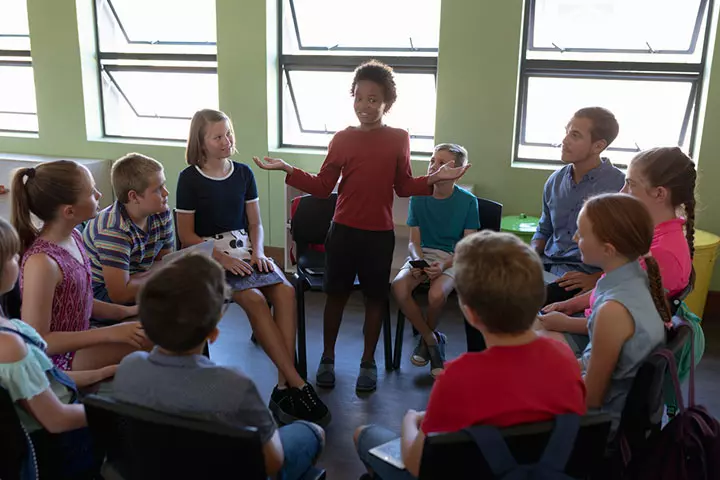
Image: IStock
4 Up is a fun game that will teach your kids about trust building and communicating without speaking.
- Ask your kid and friends to sit around in a circle on chairs.
- Tell them that they are now on a different planet where they cannot speak out loud but can only communicate through actions. Also, it is required that at any given time, at least four people from the group remain standing while ensuring that no participant stands for more than ten seconds at a stretch. The activity will teach your kids to communicate effectively and also form strategies.
 Did you know?
Did you know?6. Tie and untie
This is a popular and engaging cooperative game for kids. For the activity, also known as Human Knot, ask your kid and friends to form a circle.
- All participants have to put their hands in the center of the circle and close their eyes. Next, they have to connect their hands with another pair of hands. Once everyone is holding another pair of hands, ask them to open their eyes. They now have to get themselves out of this human knot and make a circle again, without letting go of the other’s hand.
- One of the best trust and problem-solving activities for youth groups.
7. Blindfold navigate
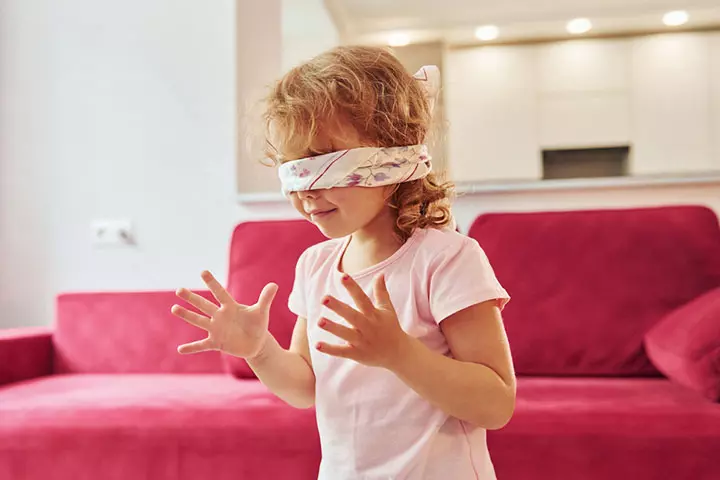
Image: Shutterstock
The activity requires one kid from the pair to be blindfolded while the other acts as a guide.
- Divide your kid and friends into two groups. Blindfold one partner from each pair.
- Set obstacles around the area. The kids who are blindfolded have to concentrate and find out their partner’s voice and listen to the instructions to safely navigate.
8. Draw a twin

Image: IStock
Here’s an interesting trust activity for large groups. In this team-building activity for kids, your child and friends will be divided into groups.
- Hand out a pen and paper to one member of each team and ask them to draw something without showing their partner. Once they are done, they have to hide it and give instructions to their partner to make the same drawing, without saying out any clue. For example, if they have drawn a face, they can say things like ‘draw a big circle, then draw two more circles’ and so on. Once done, the partners have to compare the drawings.
9. The bat and moth
A fun trust activity, not only the kids, also teenagers and young people with small groups can enjoy playing this. For this activity, the kids have to play the role of a bat and a moth.
- Ask kids to make a circle.
- One kid has to come in the middle to wear a blindfold and be the ‘bat’. Another kid has to wear a blindfold and be the ‘moth.’ The ‘bat’ has to say ‘bat’ and as soon as the ‘moth’ hears it he has to say ‘moth.’ The ‘bat’ has to try and locate the ‘moth’ through the sound of his voice while the ‘moth’ has to avoid the ‘bat’ by following his voice.
10. Fishy
Hand out a baton and a toy fish to each participant.
- All kids have to stand on one side of the room.
- They have to race to the other side of the room by hitting the ground behind the fish and making it move ahead.
11. Cup stacking game
Explore the fun and teamwork of cup stacking—a thrilling exercise in patience and perseverance. This popular game also helps children learn how to work in a team, communicate effectively, and strategize to reach their goals.
- Engage two to six participants in a captivating cup-stacking challenge.
- Equip them with cups, string, and rubber bands to collaboratively construct a pyramid without direct contact. Each team member holds a string connected to a rubber band using this tool. By expanding and contracting the rubber band, the group coordinates to lift and stack the cups, forming a pyramid.
12. Rock-paper-scissors tag
Rock-paper-scissors is a delightful game for kids, needing no preparation or materials.
- Divide into two teams and position them to face each other.
- On “go,” team members go head-to-head in rock, paper, scissors. The winner races to tag their opponent before they reach home base. It’s a thrilling combination of strategy and speed, making the classic game even more exciting.
Frequently Asked Questions
1. At what age does a child develop trust?
According to experts, trust starts from birth. A baby is dependent on the caregiver to fulfill their basic needs. Hence, the caregiver knows that the baby needs something whenever a baby sends cues, such as crying. This process, over time, makes a baby understand that their caregiver will be there to meet their needs, and that’s how trust and empathy develops (1). From birth till adulthood, an individual transitions through several stages of trust.
2. How do I teach my child to trust?
Trust your child to teach them the value of trust. Talk about trust and its importance with them often. Have an open and honest conversation on issues to help them know how trust is built. Keeping healthy boundaries and adhering to them, making eye contact while talking, and being supportive of them in challenging situations to instill trust in your child and help them understand its importance.
3. How can trust-building activities help children build self-confidence?
Engaging in trust-building activities creates an environment of security and validation, which aids in developing self-confidence in children. When children feel trusted and supported, they are encouraged to take risks, express themselves, and cultivate a positive self-perception, resulting in heightened self-assurance and belief in their capabilities.
4. What are the potential risks of trust-building activities for kids?
Trust-building activities involve physical contact or potential hazards, which may lead to injury or physical harm if proper safety measures and supervision are not in place.
Trust-building activities for kids are essential to make them secure and boost their self-confidence and self-esteem. It takes time for one to begin to trust someone. And often may require an activity or two to feel more comfortable around a group of people. Some kids have difficulty trusting their peers or teachers and sometimes even their parents. To take care of these issues, trust-building activities can be introduced. These will help them improve their social skills and increase their self-awareness in the long run. They also teach them basic humanitarian values like kindness and inclusivity. Ensure to be patient while addressing these issues and not rush the child into believing someone they don’t feel like. First, work on increasing their emotional intelligence and then work on building trust. Teaching your child about the importance of trust in relationships can have a profound effect on the way they see the world.
Infographic: Why Do Children Need Trust-Building Activities?
Trust is important for children to feel secure and have healthy relationships. So these activities are fun and help instill healthy dependence and a sense of belonging in children. Explore more essential benefits of trust-building activities to learn why your child needs them.

Illustration: Momjunction Design Team
Illustration: Interesting Trust-Building Activities For Kids
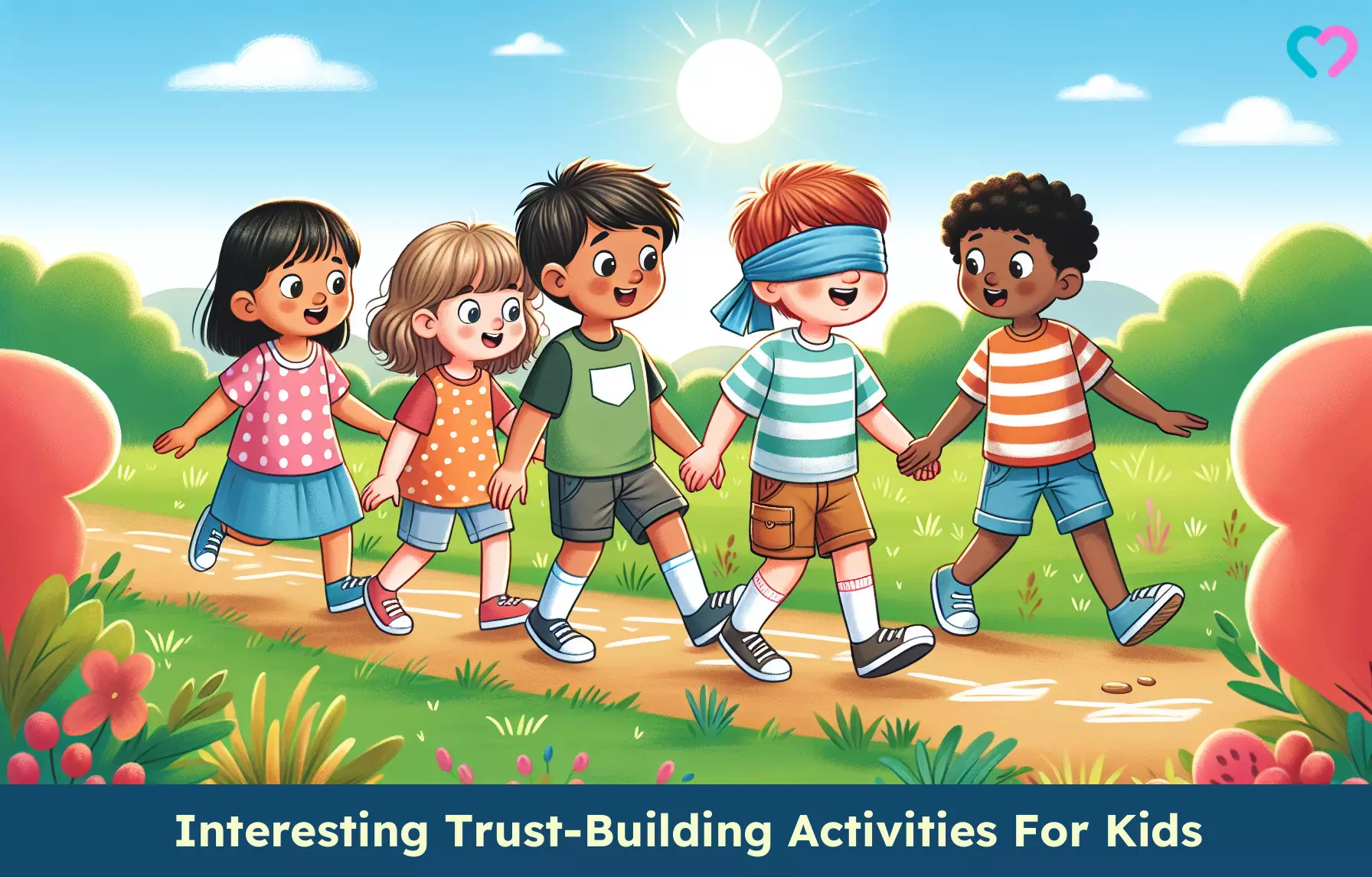
Image: Dall·E/MomJunction Design Team
Explore how trust team building activities can help build strong relationships and foster collaboration. Check out this video to learn how to create a trusting environment and strengthen your team.
References
- Life Stages of Trust.
https://greatergood.berkeley.edu/article/item/life_stages_of_trust
Community Experiences
Join the conversation and become a part of our nurturing community! Share your stories, experiences, and insights to connect with fellow parents.
Read full bio of Dr. Holly Schiff
Read full bio of Sagari Gongala
Read full bio of Harshita Makvana
Read full bio of Apoorva K








